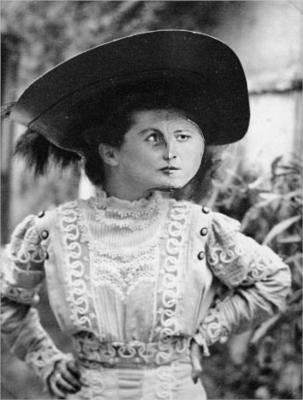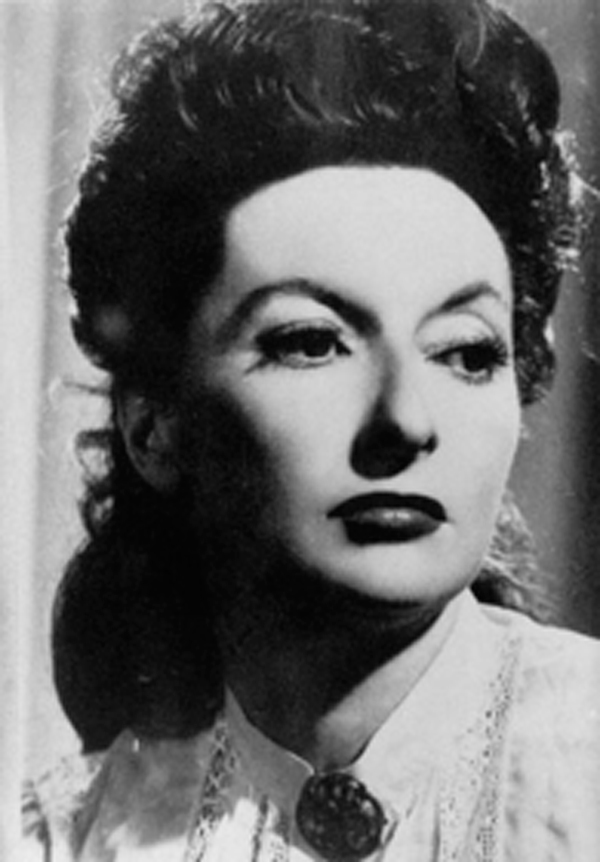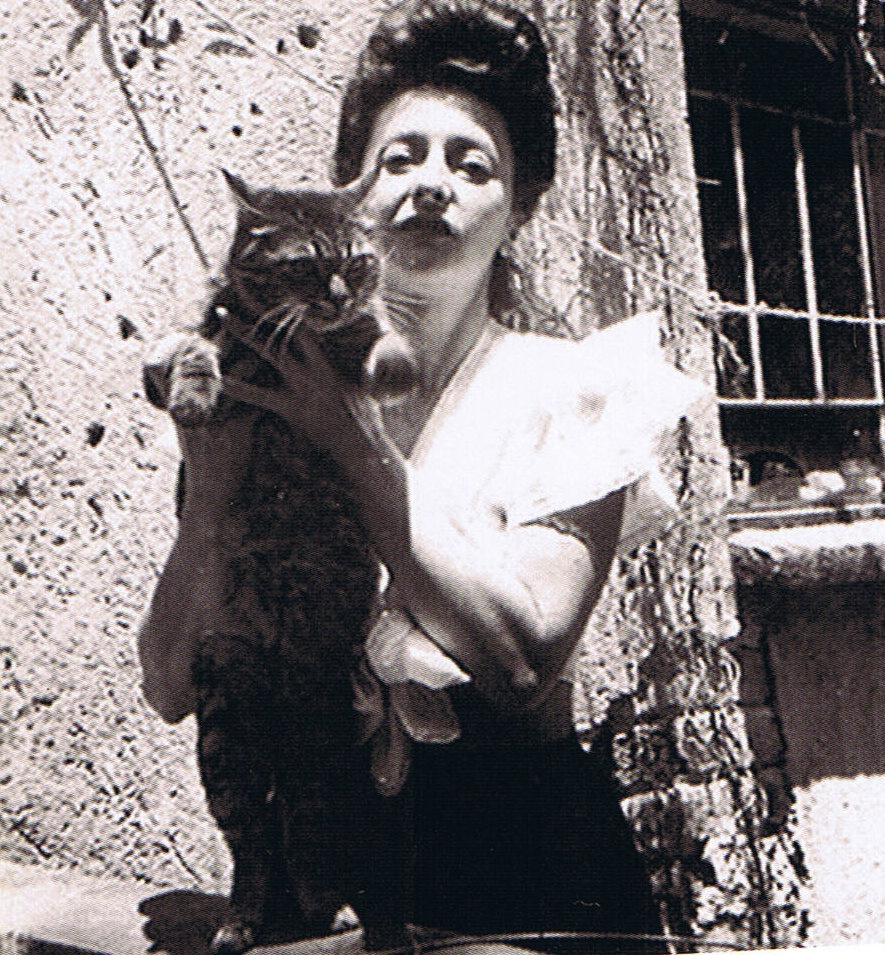
1908 - 1963
Remedios Varo

description
A Spanish surrealist artist and sculptor, whom art experts refer to very significant and undeservedly little-known painters of the 20th century. A fellow student of Salvador Dali, a member of the art group Logicophobiste (Barcelona) had a unique style – certainly her own view on the moral aspects and mechanics of life. Her works are full of subtle wit and mystery; the theme of her paintings is motivated by the studies of antiquity and literary sources, as well as by physics and mathematics, engineering and biology in combination with psychoanalysis.
Fleeing from the Franco regime, feminist and anarchist Varo, who had republican contacts, moved to Paris, but during the times of the Second World War immigrated to Mexico. The artist’s unique style combines fragments of the subconscious, mystical principle and a deep understanding of the human soul. It takes its roots in the atmosphere of the Middle Ages, the art of Jheronimus Bosch, scientific theories and esoteric literature. Varo created her main works in the second half of her life, and gained worldwide fame after her death.
The artist’s paintings are allegorical and filled with deep meaning. They make the viewer think about the nature of the Universe and the secrets of existence hidden in simple things. The incredible world of Remedios Varo attracts you with its lyricism, emphasized femininity, and paradoxes of reality, which the artist tirelessly created in each of her paintings.
The magic and mysticism of the works of Remedios Varo have much in common with the works of her close friend, Leonora Carrington, who, like Varo, emigrated from Europe that suffered from wars to relatively calm Mexico. Together, the women organized a circle of Surrealists, whose work also contained the influence of local culture, in particular the “muralism”, which was a mixture of avant-garde movements with the art of South American Indians.
Key ideas:
– Being brought up in a strict Catholic environment and studying at a monastery school, the artist constantly rebelled against established rules and ignored religious norms. Nevertheless the atmosphere that reigned in the monastery impacted her worldview and found expression in the style and themes of the artist’s works.
– Varo’s works are characterized by subtle musicality, sophistication, and sublime images. Heroes of her paintings are often characters engaged in high spiritual work and creative activity, or immersed in their own memories. These semi-fantastic creatures occupy the center of the picture and are a source of light illuminating the entire canvas.
– Thanks to the influence of her father, who was an engineer, Remedios got introduced to drawing and learnt to draw. Elements of various machines and mechanisms often appear in the artist’s works, which demonstrate the inner world of a person in an unusual way.
– From early childhood, the artist was interested in magic and mysticism. Varo used her early memories, dreams and the subconscious as basis for her paintings. Connected by one idea, these fragments create unusual combinations and a single harmony of the picture. Together with her companions Leonora Carrington and Kati Horna, Remedios studied alchemy and occult rituals. Her contemporaries sometimes called the women “three witches for their addiction to mysterious rites.
– Despite her proximity to Surrealists, Varo’s painting is in many ways different from the known canons of this style. In her paintings, she does not distort the shape of objects and does not bring the combination of incongruous things to the point of absurdity. In the work of the Mexican artist, each work has a certain plot, and the images retain their integrity and universal symbolism that the viewers can understand.
1908
1924
1931
1936
1941
1950
1955
1963
The artist was born
She entered the Academy of Arts in Madrid

She moved to Barcelona

She left Spain

Moved to Mexico

She married Walter Grüne

The first personal exhibition

The artist died

Remedios Varo
On Artist
flow
Metaphysical art
Surrealism
Cubism
Dada
friends
Diego Rivera
artists
Jerome Bosch
Francisco Goya
El Greco
Peter Bruegel
Pablo Picasso
Salvador Dali
Angel Planells
By Artist
flow
Surrealism
Abstract expressionism
friends
Leonora Carrington
Frida Kahlo
artists
Kiki Smith
Louise Bourgeois
Mona Hatum
Tracy Emin
